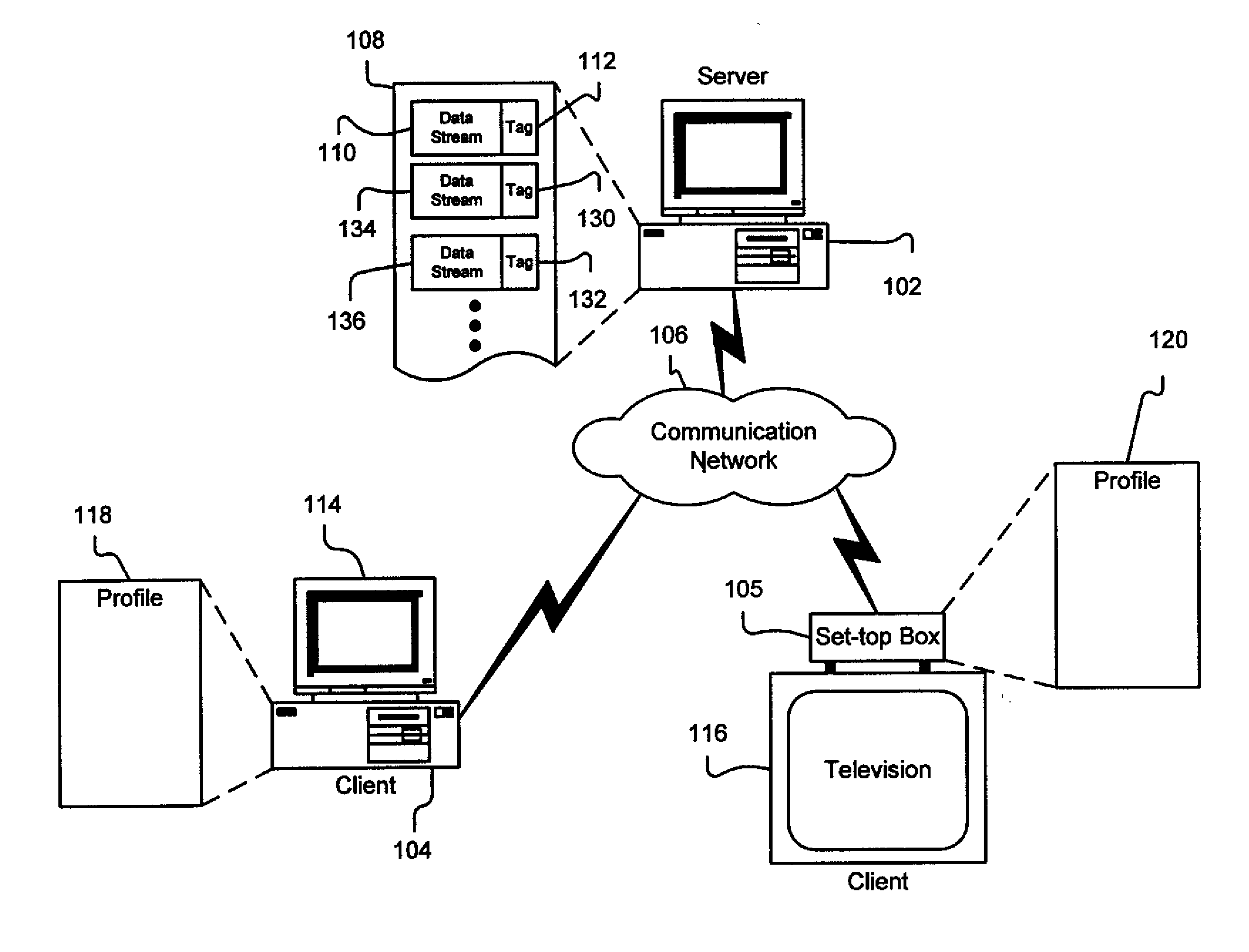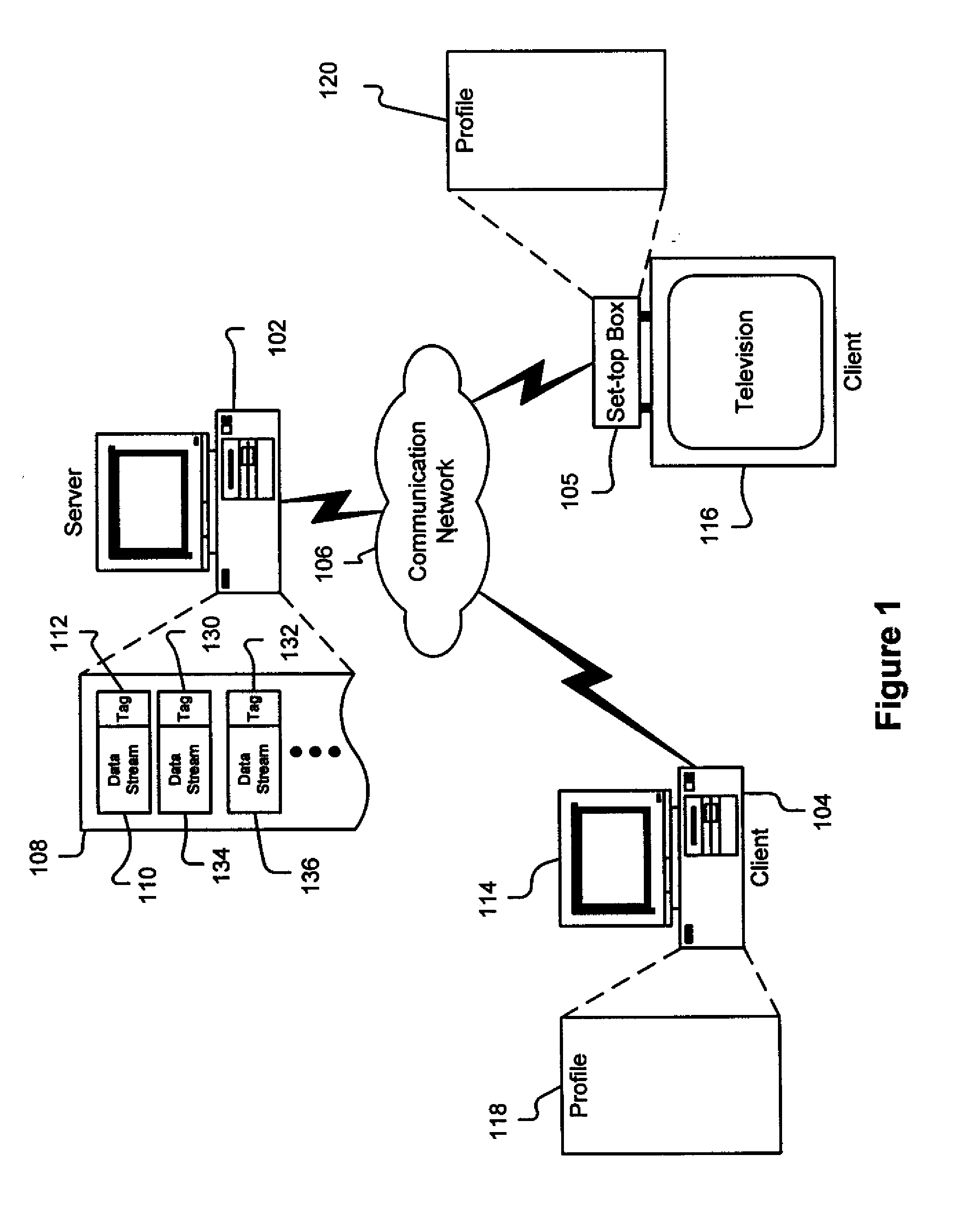Methods, Systems, and Products for Blocking Content
a technology of blocking content and blocking methods, applied in the field of networked media delivery systems, can solve the problems of affecting the effect of content selection, affecting the selection of what users most want to view, and too much content provided to any given user
- Summary
- Abstract
- Description
- Claims
- Application Information
AI Technical Summary
Benefits of technology
Problems solved by technology
Method used
Image
Examples
Embodiment Construction
[0044]Embodiments of the present invention are described with regard to a number of associated figures. Embodiments generally provide methods and systems for monitoring blocked content and choosing / presenting content when blocked content ends. More specifically, embodiments provide unique methods and systems for presenting content automatically or in response user input. Still more specifically, embodiments relate to unique methods and systems for notifying a user that blocked content has ended or will imminently end, and accepting user input in response to the notification.
[0045]FIG. 1 illustrates an exemplary operating environment 100 employing an embodiment of the present invention. A server device 102 communicates with one or more client devices, such as client device 104 and / or client device 105, via a communication network 106. Server device 102 transmits media content, such as, but not limited to, video, audio, text, or executable programs, over the communication network 106 ...
PUM
 Login to View More
Login to View More Abstract
Description
Claims
Application Information
 Login to View More
Login to View More - R&D
- Intellectual Property
- Life Sciences
- Materials
- Tech Scout
- Unparalleled Data Quality
- Higher Quality Content
- 60% Fewer Hallucinations
Browse by: Latest US Patents, China's latest patents, Technical Efficacy Thesaurus, Application Domain, Technology Topic, Popular Technical Reports.
© 2025 PatSnap. All rights reserved.Legal|Privacy policy|Modern Slavery Act Transparency Statement|Sitemap|About US| Contact US: help@patsnap.com



